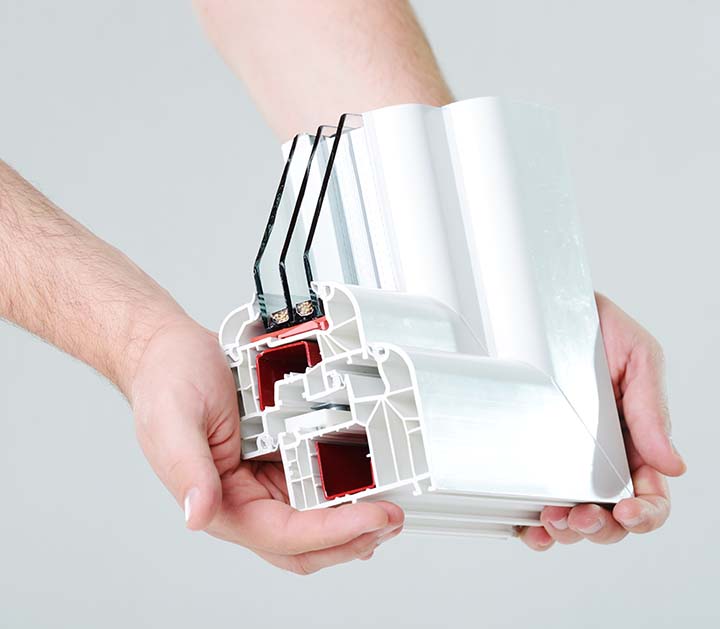 I recently inspected a two-bedroom home with a very large insulated window with a defective thermal seal. I explained to the concerned buyer there was a less expensive alternative to replacement.
I recently inspected a two-bedroom home with a very large insulated window with a defective thermal seal. I explained to the concerned buyer there was a less expensive alternative to replacement.
Insulated or thermal windows are made with two panels of glass sandwiched over a spacer and sealant, creating a space between the panes that is filled with air or with a gas, usually argon or krypton. Most failed windows do not have a seal failure but rather become saturated from years of Solar Pumping.
Solar pumping happens daily with the heat /cool cycle created by the sun’s rays. The heat cycle pressurizes the window, forcing out a small amount of air through the semi-permeable seal of the window. As the window cools in the evening, moist outdoor air is pulled back into the window. Thermal windows are equipped with a desiccant material around the perimeter of the glass to capture this small amount of moisture.
As this desiccant material becomes saturated, “fog” will appear and disappear, (problematic for home inspectors). As time goes on, if left unchecked, the moisture will etch the glass and create a silica haze.
If the window has not been etched or damaged, there are companies that can give added life to these windows. The process involves drilling small holes in the top corner and bottom corner of the window. The window is then cleaned on the interior and vents are then installed that allows the moisture inside window panes to escape, but not re-enter the glass. (This process will not work on sliding glass doors or any window that has tempered glass.)
Keeping windows cool will extend its life; shade trees and external sunshades will help. In addition, wood windows should be kept well painted and sealed around the thermal glass. If moisture gets to the seal of the glass, it will rot the seal of the integrated glass unit and the wood frame.


